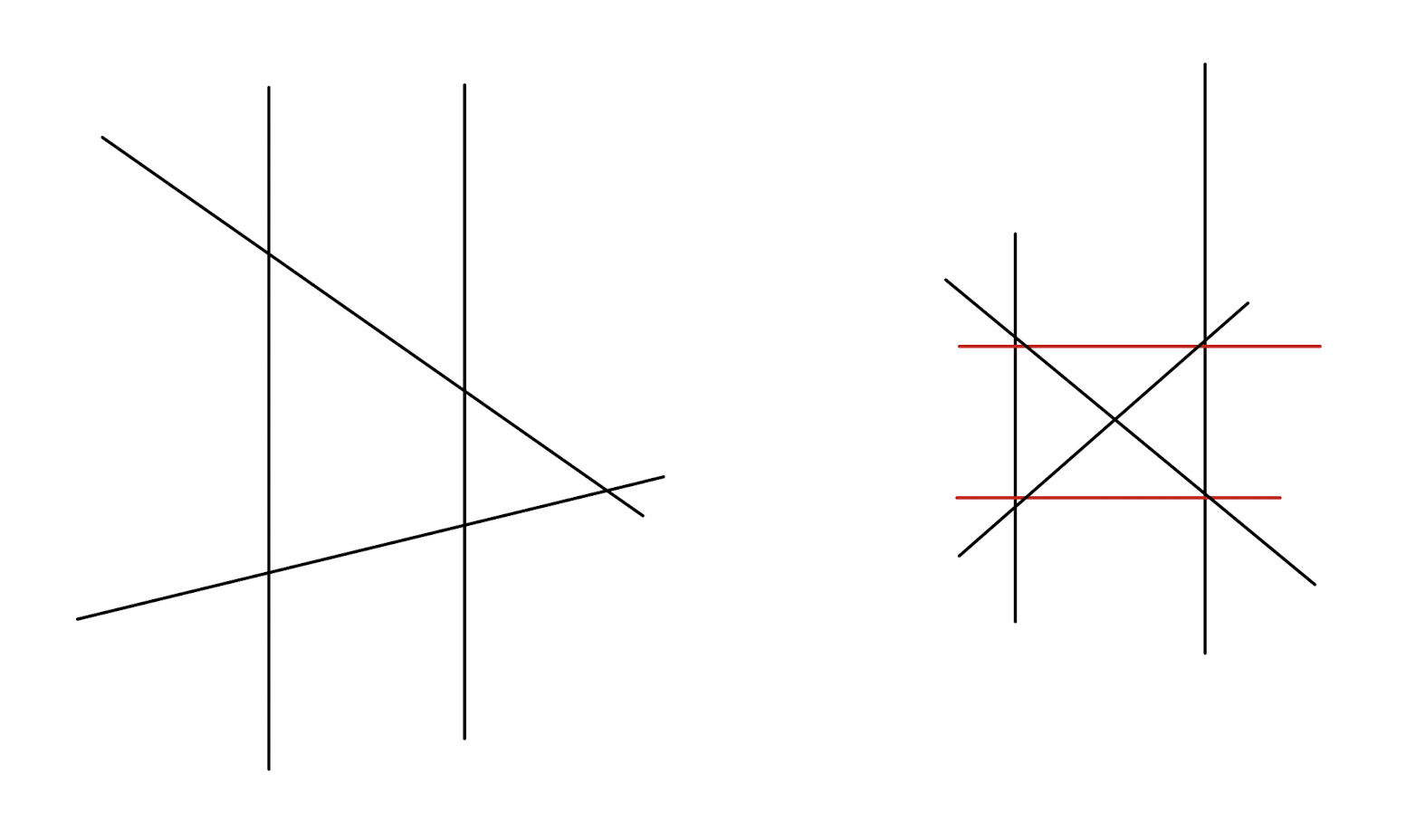Let $A_1,A_2\subset \mathbb{C}^n$ be hyperplane arrangements with equivalent intersection lattices $L(A_1)\cong L(A_2)$. If $A_1\subset B_1$, where $B_1$ is third hyperplane arrangement, does there always a hyperplane arrangement $B_2$ with $A_2\subset B_2$ such that $L(B_1)\cong L(B_2)$?
I guess the answer is no, but I have not been able to come up with a counter-example.

